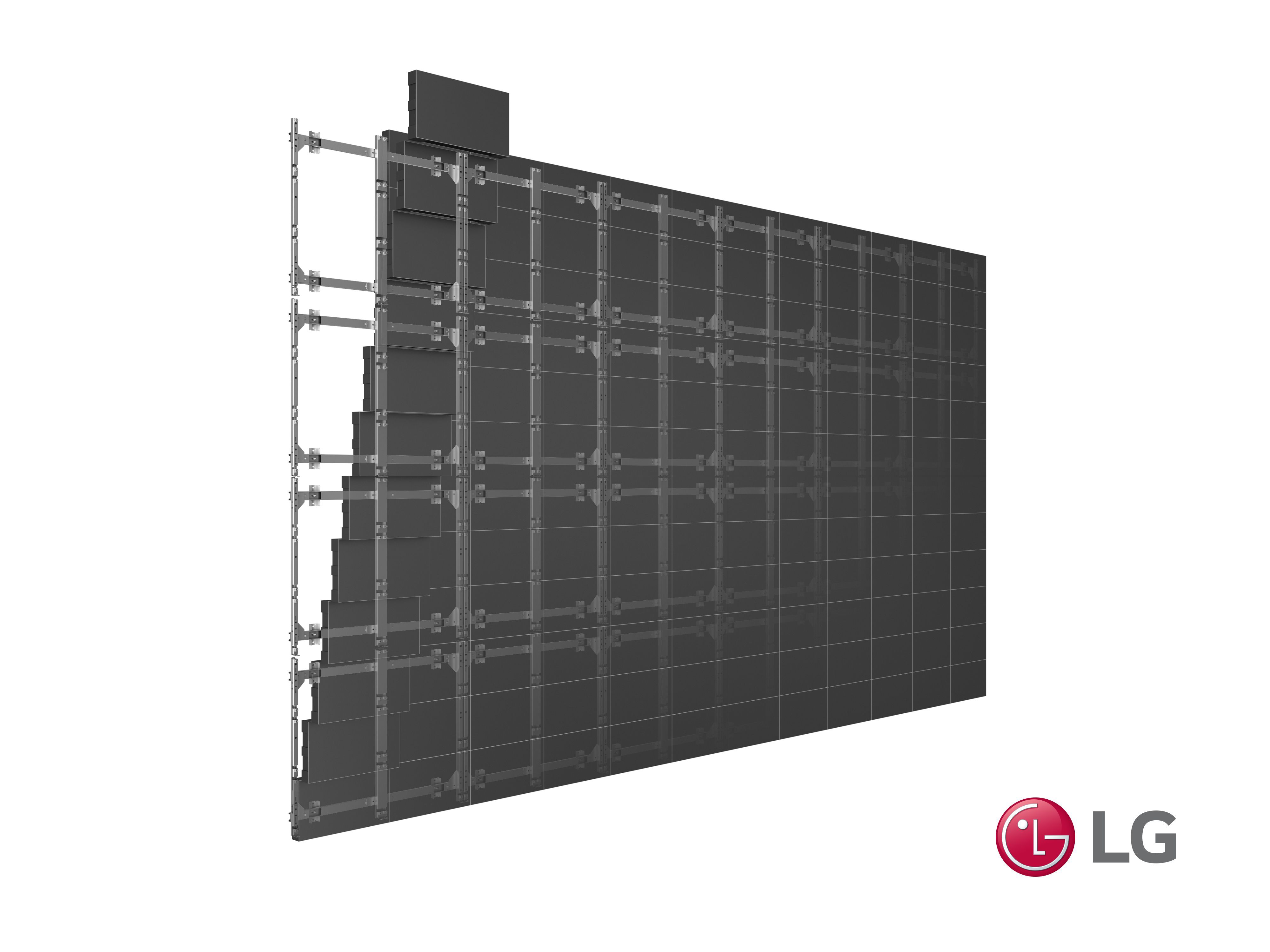Investigating The Way Definition Influences the Functionality and Visual Quality of Light Emitting Diode Walls in Contemporary Exhibition Technology
Investigating The Way Definition Influences the Functionality and Visual Quality of Light Emitting Diode Walls in Contemporary Exhibition Technology
Blog Article
Light Emitting Diode screens are becoming more and more common in various settings, from musical events and sports events to business presentations and art exhibits. One of the key crucial factors that influence the functionality and image clarity of these displays is resolution. Image resolution refers to the number of pixels that compose the visual on the screen. Higher resolution means additional picture elements, which can lead to clearer and crisper images. Understanding how image clarity affects LED walls can help operators make knowledgeable choices about their screen needs.
When talking about image clarity, it is crucial to take into account picture spacing, which is the gap between the center of one pixel to the center of the next pixel. A smaller picture spacing yields a greater resolution, allowing for additional detail in the visuals shown. For instance, an LED screen with a pixel pitch of 1.5mm will offer a clearer image than one with a pixel pitch of 3mm. This is especially important in settings where audiences are close to the display, such as in a compact venue or a trade show booth. In these cases, a greater resolution can significantly enhance the viewing quality.
Another factor of image clarity is its impact on hue precision and brightness. LED screens with greater image clarity often have superior color reproduction, indicating that the hues shown are increasingly lively and realistic. This is crucial for uses like marketing, where the objective is to capture attention and convey a concept effectively. Additionally, greater image clarity screens can preserve brightness levels even when viewed from various angles. This is important in large venues where audiences may be seated at different ranges and positions from the screen.
The performance of LED screens is also affected by image clarity in terms of update rates and response times. A higher image clarity display can support quicker update frequencies, which is crucial for fast-moving material such as films and motion graphics. This indicates that the visuals on the display will appear smoother and increasingly fluid, improving the total observing experience. In contrast, lower resolution displays may struggle with fast-moving material, resulting in fuzziness or delay. Therefore, for occasions that depend on high-energy visuals, selecting a screen with a suitable resolution is vital.
In summary, image clarity plays a crucial role in defining see this the functionality and visual quality of LED walls. Factors such as pixel spacing, hue precision, luminosity, refresh rates, and response times all contribute to how efficiently a screen can communicate data and engage viewers. As technology continues to advance, understanding these factors will assist operators choose the appropriate LED wall for their particular requirements, guaranteeing that they achieve the best possible results in their displays and occasions.